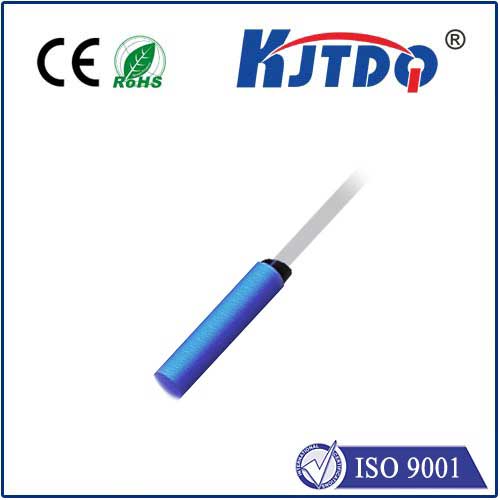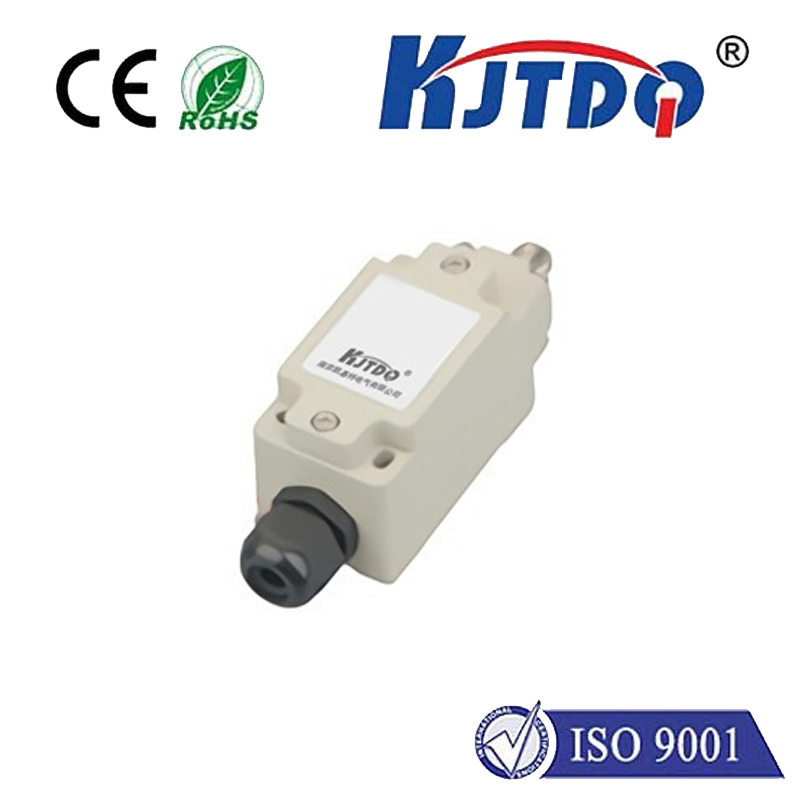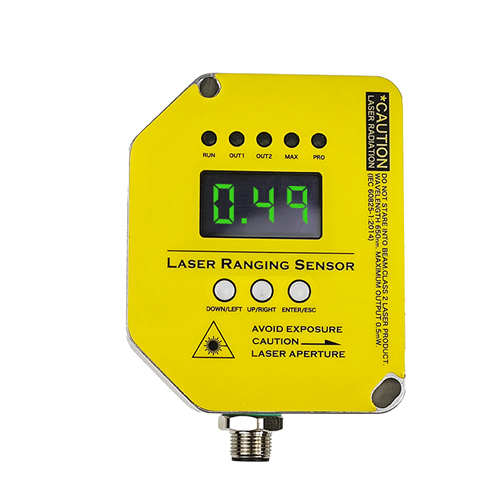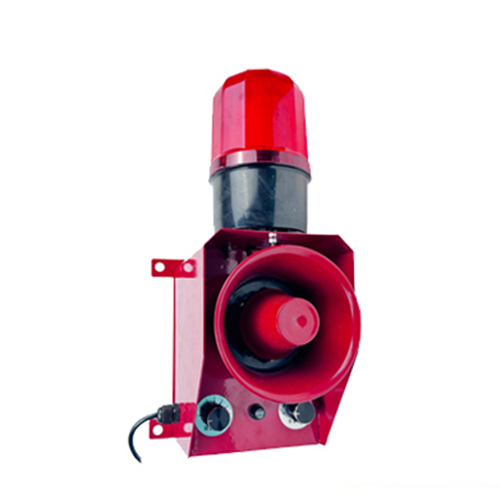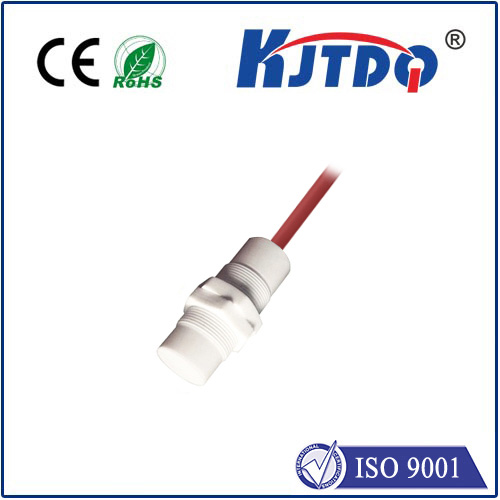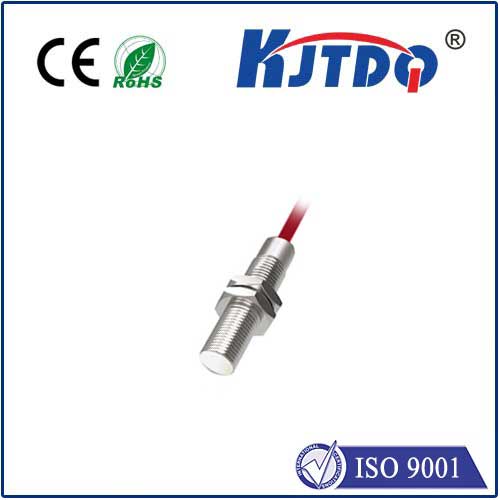

check

check

check

check
BIM-UNT-0.3-UNT-2AP6X3-H1141: Revolutionizing Building Design with Advanced Technology
In the rapidly evolving world of architectural and construction industries, the integration of advanced technologies has become essential to enhance efficiency, accuracy, and sustainability in design and execution. One such innovation that is gaining significant attention is BIM-UNT-0.3-UNT-2AP6X3-H1141, a cutting-edge building information model designed to streamline the entire design and construction process. This article explores the key features, benefits, and applications of this model, offering a comprehensive overview of its impact on modern architectural practices.
Understanding BIM-UNT-0.3-UNT-2AP6X3-H1141
The title BIM-UNT-0.3-UNT-2AP6X3-H1141 is a unique identifier for a specific version of a Building Information Model (BIM) system. The acronym stands for Building Information Modeling, and the suffixes indicate specific parameters and versions of the model. This model is tailored for complex architectural projects, offering a high level of precision and adaptability. Its design integrates advanced software tools and data management systems to create a dynamic environment for architects, engineers, and construction professionals.
Key Features of BIM-UNT-0.3-UNT-2AP6X3-H1141

One of the most significant advantages of BIM-UNT-0.3-UNT-2AP6X3-H1141 is its high level of interoperability. The model is built on a flexible framework that allows seamless integration with other software tools, such as CAD, BIM 360, and Revit. This integration ensures that all design elements, materials, and specifications are synchronized in real-time, reducing errors and improving collaboration among stakeholders.
Additionally, the model supports real-time collaboration among team members, regardless of their location. This feature is particularly beneficial for large-scale projects that span multiple regions or involve international teams. The ability to update and access the same data simultaneously ensures that everyone is working with the most current information, enhancing transparency and efficiency.
Benefits of Using BIM-UNT-0.3-UNT-2AP6X3-H1141
The adoption of BIM-UNT-0.3-UNT-2AP6X3-H1141 brings numerous benefits to the architectural and construction industry. One of the most notable advantages is cost reduction. By minimizing errors and rework, the model helps to save significant amounts of money during the design and construction phases. It also improves sustainability by allowing for more accurate material usage and energy efficiency calculations.
Another key benefit is time efficiency. The model streamlines the design process, reducing the need for back-and-forth revisions and enabling faster decision-making. This is particularly important in projects with tight deadlines, where time is a critical factor.
Applications in Modern Architecture
BIM-UNT-0.3-UNT-2AP6X3-H1141 is not just a tool for design; it is a foundational element of modern architecture. It is used in a wide range of applications, from urban planning and residential design to commercial buildings and industrial structures. Its versatility makes it suitable for both small-scale and large-scale projects, ensuring that it can meet the needs of a diverse range of clients.
Moreover, the model is being increasingly adopted in green architecture and smart building design. By integrating energy-saving features and sustainable materials, BIM-UNT-0.3-UNT-2AP6X3-H1141 supports the development of environmentally responsible buildings, aligning with global sustainability goals.
Conclusion
As the architectural and construction industries continue to evolve, the adoption of advanced technologies like BIM-UNT-0.3-UNT-2AP6X3-H1141 is becoming increasingly essential. This model not only enhances the accuracy and efficiency of design and construction but also promotes sustainability and collaboration among stakeholders. With its robust features and wide range of applications, BIM-UNT-0.3-UNT-2AP6X3-H1141 is a game-changer in modern architectural practice.

